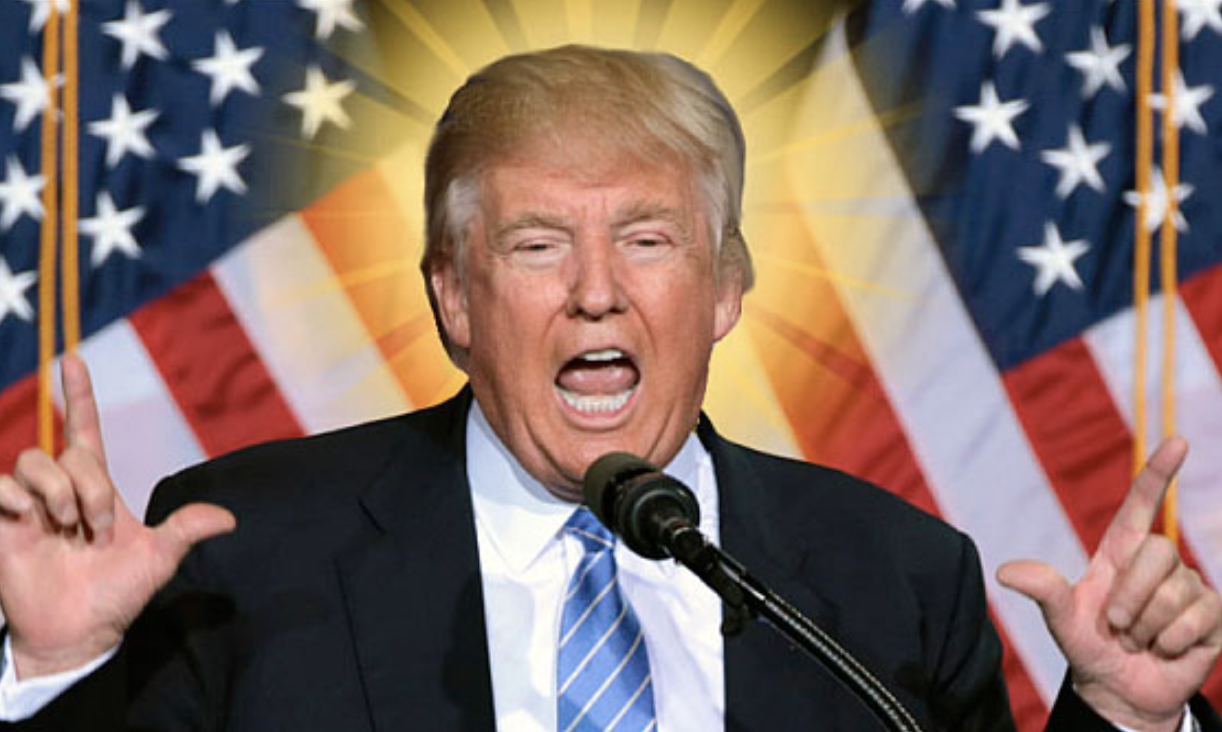It’s one of the most famous quotes ever about the realities of working in Hollywood. That quote: “If you want to send a message, try Western Union.”
Of course, the Tinseltown giant who said that was Frank “It’s a Wonderful Life” Capra, a hero of ordinary people in the heartland. So what would he know about working with the woke powers that be on the left coast, these days?
I bring this up because of a fascinating New York Times lament that ran the other day with this headline: “After #MeToo Reckoning, a Fear Hollywood Is Regressing.” Apparently, progressives in Hollywood are very, very upset with the American people — think heartland folks, again — about some nasty recent returns in ratings and at the box office. Some “message” flicks are bombing.
Here’s the thesis statement: “The takeaway, at least to some agents and studio executives: We tried — these ‘woke’ projects don’t work.”
What does religion have to do with this? Very little, according to the Times (but we will get to that).
It’s clear that, to the team that produced this Times sermon, Middle America simply does not share the concerns of woke artists about systematic racism, sexual abuse and the whole diversity project in general.
Now, you can forget that “Black Panther” juggernaut in multiplexes nationwide, including red zip codes. Stunning, well-crafted Black superhero tales don’t count. Americans just aren’t lining up to watch the morality tales that Hollywood wants them to embrace. But what’s interesting — at least to me — is the degree to which the movies and big-ticket streamed TV series at the heart of this debate often contain content about religious and moral issues that, yes, are LINKED to diversity issues.
In other words, is this a new news story or the latest chapter in an old story about Hollywood’s struggles to understand the more religious and culturally conservative half of the American marketplace?
Let’s start where the Times has chosen to start — with Hollywood’s efforts to clean up its act in the wake of the Harvey Weinstein scandal, etc. Here’s the thesis about the #MeToo aftermath:
The movement led to increased diversity and representation in the entertainment industry, but now there is worry that executives have turned their attention elsewhere.
What happened?









